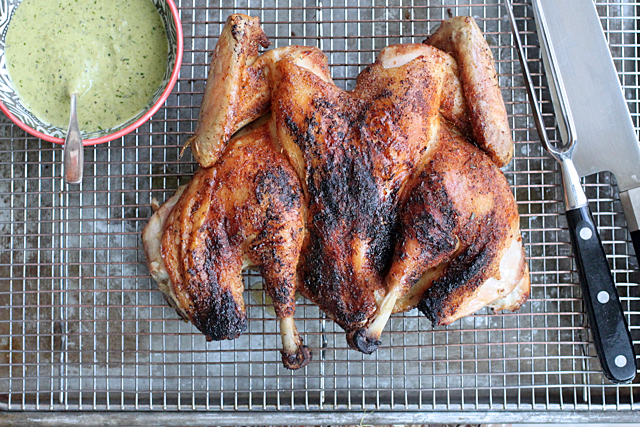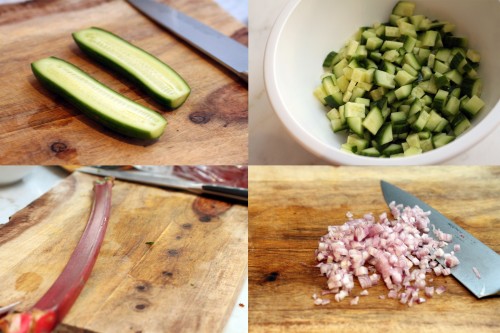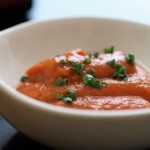NIGELLA + SESAME SEED GRANOLA
In keeping up with the New Year's goals of choosing healthier options, I’ve been craving granola a lot lately. While I was in Venice of all places over the holidays, I had the most incredible (yes, incredible) granola I've ever tasted. I wanted to recreate it and thought, well, how hard is it really to make my own granola!? Why have I never thought about doing this before? So, I grabbed a bunch of ingredients that I thought would recreate the flavors of that granola and decided to try this at home! And let me tell you……It’s soooo easy.
The trick to a good granola is to cook it low and slow. The hardest part is really choosing your ingredients! There are so many choices out there. I did a simple granola recipe below (albeit with nigella and sesame seeds) but next time I may add some rice puffs to the mix and maybe switch it up with dried strawberries. It really depends on your flavor preference. Also, if you prefer a granola that has more clusters, you can up the maple syrup and not mix the granola as much during cooking. If you want very cluster-y granola, you can stir in some egg whites before cooking to achieve that.
This is not like any other granola I've tasted. It's nutty, sweet and roasted in flavor but with the sharp bite of the nigella seeds. It is BEST made with ghee (does anything taste worse with butter?), but a neutral oil works well here too. Enjoy!
Ingredients
Yields 7 cups
1 cup raw, unsalted cashews
3 cups organic rolled oats
1 cup sliced almonds
1 cup shredded, unsweetened coconut
¼ cup plus 2 tablespoons sesame seeds (white, black or a combo)
3 tablespoons nigella seeds
3 tablespoons maple, palm or light brown sugar
½ teaspoon kosher salt
½ cup pure maple syrup
¼ cup ghee or neutral oil (grapeseed, canola or sunflower)
1 cup dried fruit, diced (optional)
Preheat oven to 300° F. Place a layer of parchment on a large cookie sheet and set aside.
I like to grind up some of the ingredients first for a more even texture. To the bowl of a food processor, add the cashews and pulse a few times. Add in the oats and almonds and pulse until you get an even, crumbly texture.
In a large bowl, combine the oat mixture with the coconut, sesame seeds, nigella seeds, sugar and salt. Stir to combine all of the ingredients. Pour the maple syrup and oil over the raw granola. Mix until evenly coated and taste to make sure everything tastes to your liking.
Spread the mixture on the prepared baking sheet evenly and transfer to the oven. Stir the mixture every 10-15 minutes or so to make sure everything is browning evenly. It should take about 40-45 minutes total, depending on your oven. If you are adding in the dried fruit, add it in during the last 10-15 minutes of cooking so it gets a bit drier and doesn’t make the granola soggy during storage.
Remove from the oven and let dry out on a rack until cool. Store in a mason jar; it should last for about 2 weeks or so.
Enjoy with yogurt and fresh fruit or as a cereal with almond milk!




























